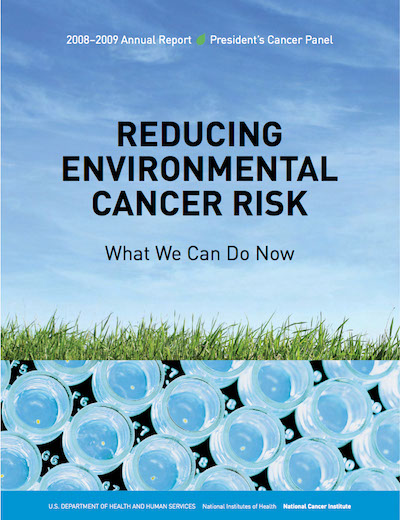“Detoxification is the reduction and chemical alteration of the toxic properties of a poisonous substance, which, when taken into the body by ingestion, inhalation, injection or absorption, causes damage to structure and interferes or disturbs normal physiological functions.”
– Taber’s Medical Dictionary
The toxicity we are faced with on a daily basis is becoming a major problem. We suspect that the majority of your clients are completely unaware of its effects on their lives and their health.
Exogenous Toxicity
- Exogenous or hetero toxicity is caused by the absorption or ingestion of toxins from outside the body.
- Our external environment is full of what are called xenobiotic compounds.
- Xenobiotics are any substances that are foreign to the body and yet have biological activity. They must be detoxified and eliminated.
Xenobiotics enter our bodies from the following:
- Toxins in our food
- Toxins in our air
- Toxins in our homes
- Toxins in our water
- Toxins in drugs and medications
Toxins in our food
- The majority of the food our patients consume has been contaminated with chemicals and is nutrient deficient.
- Almost all food purchased at a supermarket is surrounded with plastic.
- A chemical called Phthalates outgases from plastic bags, styrofoam trays, and plastic bottles and tubs that our food is invariably stored in, leaching into the food.
- Other chemicals in our food include styrene and dioxins.
- The conventional meat supply is tainted with antibiotics and hormones.
- Packaged food is full of chemical preservatives, coloring, flavor enhancers and other food additives.
- Fruits, grains and vegetables are grown in a chemical slurry of fertilizers, herbicides and pesticides.
Toxins in our Air
- Air pollution from industry and automobiles is a growing concern.
- Our air is extremely contaminated by auto exhaust (gasoline and diesel).
- Auto exhaust contains heavy metals and volatile organic hydrocarbons like formaldehyde, benzene, toluene and other foreign chemicals.
- Of equal concern is the amount of plastic we are surrounded with that is constantly off gassing: construction materials, building products, furnishings, baby toys and bottles, kitchen appliances and computers to name a few.
- We all have toxins in our bodies
- The EPA has conducted studies on the amount of various environmental toxins stored in the fat of humans obtained with biopsies.
- President’s Cancer Panel: Reducing Environmental Cancer Risk
- With the growing body of evidence linking environmental exposures to cancer, the public is becoming increasingly aware of the unacceptable burden of cancer resulting from environmental and occupational exposures that could have been prevented through appropriate national action.

Enviromental Toxins
- Bisphenol A
- Styrene
- Dioxin
- Xylene
- 1,4-dichlorobenzene
- Pesticides
- Benzene
- PCBs
- Xenoestrogens
- Phthalates
- Poly Vinyl Chloride (PVC)
- Cyanide
- Toluene
- Hexane (Jet Fuel)
- Heavy Metals
- Mold & Mycotoxins
Endogenous Toxicity
Bisphenol A
- Bisphenol A (BPA) is found mostly in plastics labeled with the recycling codes 3 or 7.
- BPA is a key monomer used to produce polycarbonate plastic. This type of plastic is usually clear and shatter-proof.
- Other uses of BPA consist of epoxy resins, which are used to coat the inside of food and beverage cans.
- BPA studies have been linked to obesity, neurological development delays in infants, thyroid disruption, developmental issues of sexual organs in infants, and sexual dysfunction in adults.
- Exposure to BPA occurs mostly through digestion of food and liquids that have been stored and heated in plastic materials.
